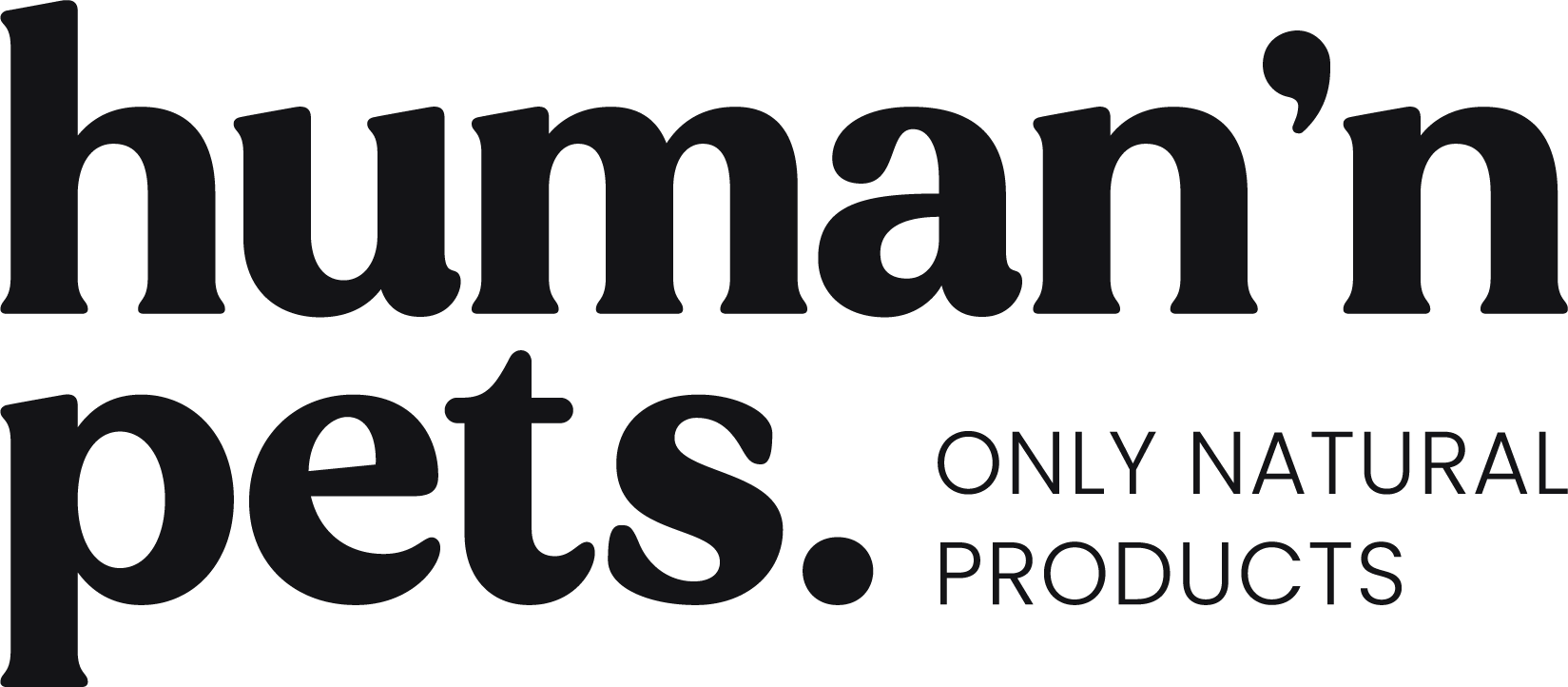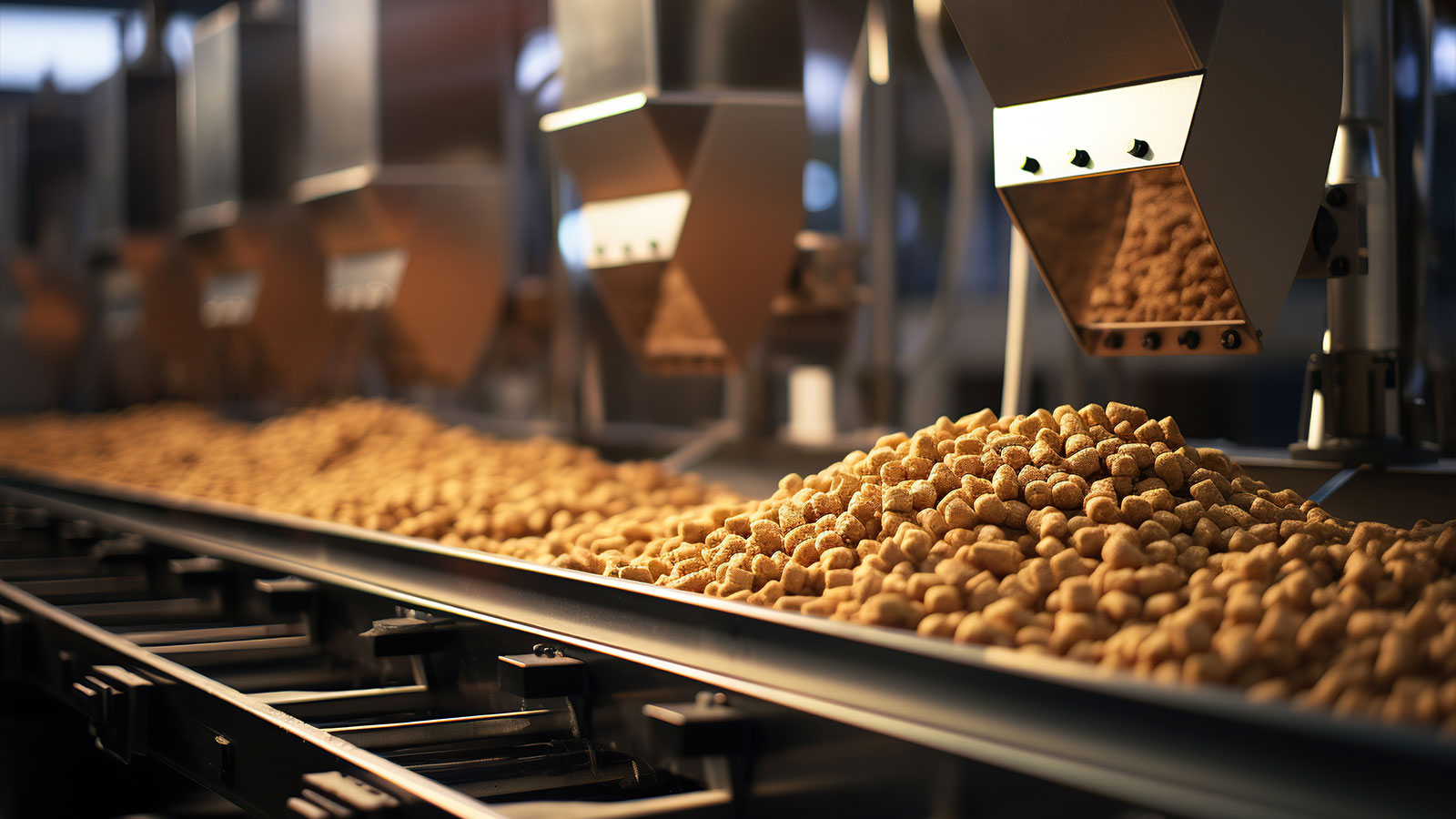For years, kibble has been the go-to choice for dog owners worldwide. It’s convenient, shelf-stable, and advertised as a complete source of nutrition for our pets. But have you ever wondered what’s really in that bag of kibble?
The truth is, kibble might not be as healthy as it seems. In this article, we'll delve into the hidden dangers of kibble and why it may be time to consider alternatives for your furry friend's diet.
Kibble's rise to prominence in the pet food industry is largely due to its convenience and cost-effectiveness. It was designed to be a simple solution for feeding dogs, but the way kibble is produced and the ingredients used often tell a different story. Here are some of the key concerns associated with kibble:
- Highly Processed Food: Kibble is made through a process called extrusion, which involves cooking ingredients at extremely high temperatures. This process destroys much of the natural nutritional content of the ingredients. What remains is a nutrient-stripped product that relies on artificial additives to meet the nutritional requirements.
- Poor Quality Ingredients: Many kibble brands use low-quality ingredients such as meat by-products, fillers like corn, soy, and wheat, and even rendered fats from questionable sources. These ingredients are not only low in nutritional value but can also be harmful to your dog’s health.
- Artificial Additives and Preservatives: To extend the shelf life and make kibble more palatable, manufacturers often use artificial colors, flavors, and preservatives. Chemicals like BHA, BHT, and ethoxyquin, commonly found in kibble, have been linked to various health problems, including cancer.
- Lack of Moisture: Kibble is a dry food, which means it lacks the natural moisture content that fresh food provides. This can lead to chronic dehydration in dogs, contributing to kidney problems and other health issues over time.
The Long Shelf Life of Kibble: Is It Really a Good Thing?
One of the main selling points of kibble is its long shelf life. Many kibble products can last for months or even years without spoiling. But while this may seem like a benefit, it actually raises several concerns about the quality and safety of the food:
- Use of Chemical Preservatives: The extended shelf life of kibble is primarily due to the addition of chemical preservatives. These chemicals, such as BHA, BHT, and ethoxyquin, are added to prevent fat oxidation and spoilage. However, these preservatives have been associated with health issues like cancer, liver damage, and kidney problems in dogs.
- Oxidized Fats and Rancidity: Despite the use of preservatives, fats in kibble can still become rancid over time, especially if the packaging is not stored properly. Rancid fats not only taste bad but can also be harmful to your dog’s health, leading to digestive issues and reduced nutrient absorption.
- Loss of Nutrient Quality: The longer kibble sits on the shelf, the more its nutritional quality deteriorates. Vitamins, especially A, C, and E, degrade over time, making the food less nutritious than advertised.
- Artificial Ingredients for Palatability: To mask the effects of aging and make kibble taste better, manufacturers often add artificial flavors and fats sprayed on the kibble. These additives do not contribute to your dog’s health and can lead to long-term health problems.
How Long Does Kibble Last After It’s Opened?
While kibble is known for its long shelf life, the reality changes once the bag is opened. When exposed to air, light, and humidity, kibble begins to lose its freshness and nutritional quality. Here’s what happens to kibble after opening and why it’s important to handle it properly:
- Rapid Nutrient Loss: After opening, kibble starts to lose its vitamins and essential nutrients due to exposure to oxygen and light. Within a few weeks, much of the nutrient content can degrade significantly, meaning your dog might not be getting the nutritional benefits listed on the packaging.
- Risk of Spoilage: Fats in kibble, which are essential for flavor and nutrition, are particularly vulnerable to oxidation. When exposed to air, these fats can become rancid, resulting in a foul odor and taste. Consuming rancid fats can lead to digestive issues, decreased appetite, and potential long-term health problems for your dog.
- Potential for Contamination: Once opened, kibble is also susceptible to contamination from mold, bacteria, and pests such as mites if not stored properly. This contamination can pose health risks, including food poisoning and allergic reactions.
- Storage Matters: To maintain freshness after opening, kibble should be kept in an airtight container in a cool, dry place. However, even with careful storage, kibble is best used within 2-3 weeks of opening to ensure it retains its intended nutritional value and palatability.
- Misleading Shelf Life Claims: The “best by” date on kibble packaging often refers to an unopened product. Once the bag is opened, the clock starts ticking, and the food's quality can decline rapidly. Many dog owners are unaware of this, mistakenly believing that kibble remains fresh for months after opening.
Understanding how quickly kibble can degrade after opening highlights the importance of proper storage and timely usage. Even though kibble may seem convenient, its freshness and nutritional value can diminish rapidly, potentially compromising your dog’s health.
The Impact of Kibble on Your Dog’s Health
Feeding your dog kibble daily can lead to a range of health issues, some of which are chronic and potentially life-threatening. Here are some of the health concerns linked to a kibble-based diet:
- Obesity and Metabolic Disorders: Many kibble formulas are high in carbohydrates and sugars, which can contribute to weight gain and obesity. Obesity is a major risk factor for diabetes, heart disease, and joint problems in dogs.
- Dental Disease: Contrary to popular belief, kibble does not clean your dog’s teeth. The starchy residues left behind can actually contribute to plaque buildup, leading to periodontal disease, tooth decay, and bad breath.
- Digestive Problems: The fillers and artificial ingredients in kibble can cause a variety of digestive issues, including bloating, gas, diarrhea, and constipation. Some dogs may also develop food sensitivities or allergies to the common ingredients found in kibble.
- Increased Risk of Cancer: The artificial preservatives and other chemicals found in some kibble brands have been linked to cancer in dogs. The lack of natural, whole ingredients in kibble further reduces its ability to support your dog’s long-term health.
- Chronic Inflammation and Allergies: Kibble often contains ingredients that are inflammatory or that dogs are allergic to, such as grains, artificial dyes, and preservatives. Chronic inflammation can lead to skin problems, ear infections, and even arthritis.
What’s Really in Your Dog’s Kibble?
To understand why kibble may not be the best choice for your dog, it's essential to look at what goes into making it. Many kibble brands use ingredients that are not fit for human consumption, including:
- Meat By-Products: Instead of using real, whole meat, many kibbles contain meat by-products, which are the leftover parts of the animal carcass after the prime cuts have been removed. These by-products can include anything from bones to organs and even parts that are not considered meat.
- Fillers: Ingredients like corn, wheat, and soy are used to bulk up kibble cheaply. These fillers provide little to no nutritional benefit and can trigger allergies and digestive problems in some dogs.
- Rendered Fats: Fats from various animal sources, sometimes of dubious quality, are sprayed onto kibble to make it more palatable. These fats can be a source of harmful trans fats and other unhealthy compounds.
- Artificial Flavors and Colors: To make kibble more appealing, manufacturers often use artificial flavors and colors. These additives offer no nutritional value and can contribute to allergic reactions and other health issues.
The Deceptive Marketing of Kibble
Kibble manufacturers often use clever marketing tactics to convince dog owners that their products are healthy and complete. Phrases like "premium," "natural," and "veterinarian recommended" are common on kibble packaging, but they can be misleading. Many of these terms are not regulated, and even kibbles labeled as “natural” can contain harmful additives and low-quality ingredients.
Moreover, the use of vibrant colors and images of fresh meat and vegetables on the packaging does not always reflect what is actually in the bag. It is crucial for dog owners to read the ingredient list carefully and understand what they are feeding their pets.
How to Spot a Low-Quality Kibble
Identifying low-quality kibble can be challenging, but here are some tips to help you make better choices:
- Read the Ingredient List: Look for whole meat sources as the first ingredient. Avoid products that list “meat by-products” or “meat meal” without specifying the source.
- Avoid Artificial Additives: Steer clear of kibble that contains artificial preservatives (like BHA, BHT, or ethoxyquin), colors, and flavors.
- Watch Out for Fillers: Ingredients like corn, wheat, and soy should not be primary components in your dog's food. Opt for kibble with whole grains or grain-free options that use high-quality carbohydrates like sweet potatoes.
- Check for Recalls: Research the brand and check for any history of recalls or controversies regarding their ingredient sourcing and safety practices.
Conclusion: Time to Rethink Your Dog’s Diet
While kibble might be the most convenient option, it’s important to consider the potential risks it poses to your dog's health. From low-quality ingredients and harmful additives to the risk of chronic diseases, kibble's downsides are worth noting. As a pet owner, it's crucial to be informed about what you are feeding your furry friend. Consider looking into healthier alternatives and doing research to find the best dietary option for your dog. Your dog deserves better than a diet full of fillers, additives, and artificial ingredients. It might be time to throw that kibble away and opt for a more wholesome and natural approach to feeding.






Κοινοποίηση:
Κρυμμένα Σάκχαρα στην Τροφή για Σκύλους: Η Σιωπηλή Απειλή για την Υγεία
Is Rice Really a Safe and Healthy Choice for Your Dog?